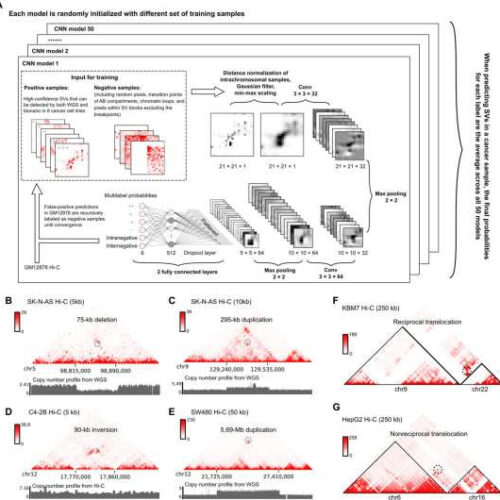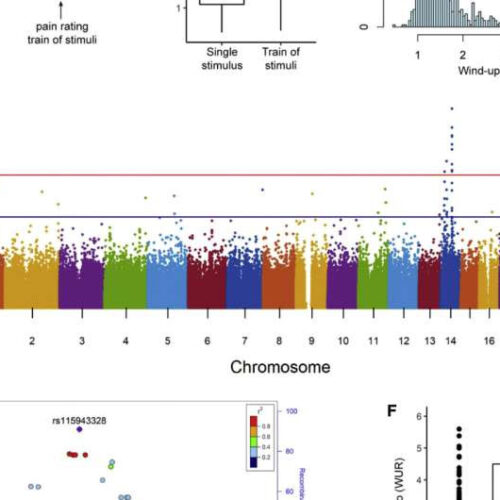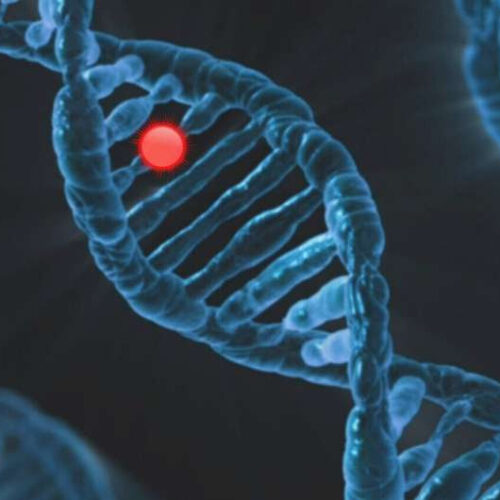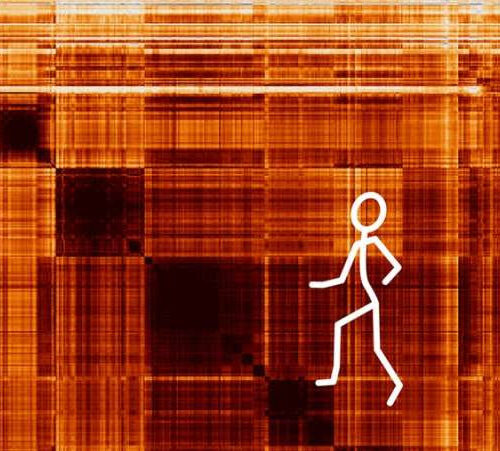By Rich Haridy June 19, 2022 The new data reports nearly 100 percent success in 75 patients treated with efficacy persisting up to three years beyond the initial treatment Depositphotos Incredible new data presented recently at the European Hematology Association Congress has revealed an experimental CRISPR gene editing therapy is both safe and effective up...
Category: <span>Genetics</span>
Largest-ever study into varicose veins shows need for surgery is linked to genetics
by University of Oxford Credit: Shutterstock A new international study by Oxford researchers published in Nature Communications, establishes for the first time a critical genetic risk score to predict the likelihood of patients suffering with varicose veins to require surgery, as well as pointing the way toward potential new therapies. Varicose veins are a very common...
Up to 80% of athletes who die suddenly had no symptoms or family history of heart disease
EUROPEAN SOCIETY OF CARDIOLOGY Sophia Antipolis, 17 June 2022: Recommendations on how to use gene testing to prevent sudden cardiac death in athletes and enable safe exercise are published today in the European Journal of Preventive Cardiology, a journal of the European Society of Cardiology (ESC).1 “Genetic testing for potentially lethal variants is more accessible than ever...
Deep learning empowers discovery of new genetic mutation in cancer
by Will Doss, Northwestern University EagleC predicts a full range of high-resolution SVs from chromatin interaction data. (A) Workflow of the EagleC framework. (B to G) Examples showing different types of SVs predicted by EagleC. The black dashed circle indicates the SV breakpoint position in each case. The resolution of each Hi-C map is labeled...
Discovery of gene involved in chronic pain creates new treatment target
by University of Oxford Clinical wind-up ratio is associated with SLC8A3/NCX3. (A) Clinical wind-up ratio (WUR) was performed over the mid ventral forearm using a 255-mN von Frey hair and recording a pain rating for a single stimulus followed by a series of 10 stimuli. (B) Boxplots of numerical pain ratings for the single stimulus...
TEAM FINDS KEY CLUE TO LONGER LIFESPANS
Natural selection has produced mammals that age at dramatically different rates. Take, for example, naked mole rats and mice. The former can live up to 41 years, nearly ten times as long as similar-size rodents such as mice. What accounts for longer lifespan? According to the new research from biologists at the University of Rochester, a key...
Researchers discover mechanism linking mutations in the ‘dark matter’ of the genome to cancer
by Dana-Farber Cancer Institute Credit: Pixabay/CC0 Public Domain For many years, the human genome was viewed as a book of life in which sections of great eloquence and economy of expression were interspersed with vast stretches of gibberish. The legible sections contained the code for making cell proteins; the other regions, representing about 90% of...
New CRISPR-based map ties every human gene to its function
by Eva Frederick, Massachusetts Institute of Technology Data for a new gene-function map are available for other scientists to use. “It’s a big resource in the way the human genome is a big resource, in that you can go in and do discovery-based research,” says Professor Jonathan Weissman. Credit: Jen Cook-Chrysos/Whitehead Institute The Human Genome...
One in 500 men carry extra sex chromosome, putting them at higher risk of several common diseases
UNIVERSITY OF CAMBRIDGE Around one in 500 men could be carrying an extra X or Y chromosome – most of them unaware – putting them at increased risk of diseases such as type 2 diabetes, atherosclerosis and thrombosis, say researchers at the universities of Cambridge and Exeter. In a study published in Genetics in Medicine, researchers...
Genetic study offers new insights into DCIS biology, progression
UNIVERSITY OF TEXAS M. D. ANDERSON CANCER CENTER HOUSTON ― A new study led by the global Cancer Grand Challenges PRECISION team, including researchers from The University of Texas MD Anderson Cancer Center, shifts the long-held belief that all invasive breast cancers following ductal carcinoma in situ (DCIS) arise from the original DCIS lesion. The results, published today in Nature Genetics, demonstrate that...






